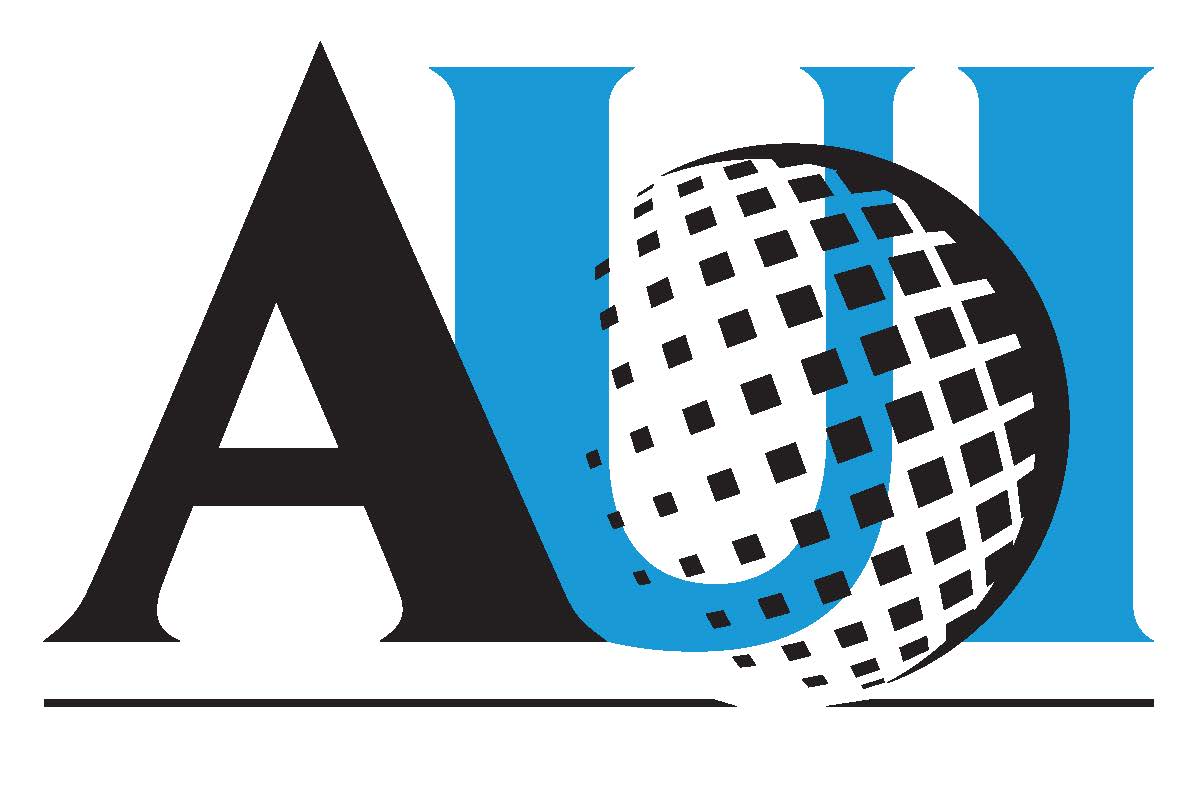ASTRO ACCEL brings together researchers and practitioners in the domains of astronomy education, engagement, communication and culture to connect stakeholders and advance these areas of research, proudly unveils its inaugural cohort of eight early career researchers.
Recent News
NSF Funds New Opportunity for Undergraduate Students
AUI and UNC-Chapel Hill are currently seeking undergraduate students to contribute to cutting-edge research in astronomy education. This paid opportunity, open to education and STEM majors, explores the impacts of new curriculum centered on the use of robotic telescopes.
Stellar Explosions and Cosmic Chemistry
Astronomers have discovered the secrets of a starburst galaxy producing new stars at a rate much faster than our Milk Way. This research revealed many different molecules, more than ever seen before in a galaxy like this.
ACEAP ambassadors visit NSF funded observatories in Chile
This last week a team of four outreach and education professionals from the United States undertook a 10-day expedition to key astronomy research sites in Chile. The outreach professionals were selected to be part of the 2018 Astronomy in Chile Educator Ambassadors Program (ACEAP), an immersive astronomy outreach and awareness program.
The core element of ACEAP is an in-depth, behind-the-scenes experience at major NSF-funded observatories in Chile, including the Cerro Tololo Inter-American Observatory (CTIO), the Atacama Large Millimeter/submillimeter Array (ALMA), the Southern Astrophysical Research (SOAR) telescope, and the Gemini South Observatory. In addition to learning about the different instruments, science, and research that comes out of these cutting-edge facilities, the Ambassadors also visited the Andean Astronomical Observatory (AAO), one of the largest private observatories offering astrotourism programs in the Santiago vicinity, Chile.
“Chile is rapidly becoming the astronomy capital of the world, providing a window to the universe and discoveries that benefit all of humanity. It’s important for astronomy educators and outreach professionals to experience for themselves this unique and special place that is home to modern-day astronomy.,” said Tim Spuck, principal investigator for the ACEAP project and education officer for Associated Universities, Inc.
ACEAP, which has 32 members to date, focuses on building a diverse and lasting community of educators who share their newfound knowledge and experiences with local communities through a range of formal and informal science-education activities.
The 2018 class of ACEAP ambassadors includes:
- Joel Goodman, an amateur astronomer and informal educator in Howard County, Maryland;
- Pat Hanrahan, Director of the Mt. Hood Community College Planetarium in Gresham, Oregon;
- Jack Howard; who teaches astronomy, physics, and math at community colleges in the Charlotte (NC) area, and serves as a volunteer outreach educator in NASA’s Solar System Ambassador program; and
- Rebecca Ljungren, a professional Astronomy Educator at the Smithsonian National Air and Space Museum and the Phoebe Waterman Haas Public Observatory.
The Astronomy in Chile Educator Ambassadors Program is a collaborative project of Associated Universities Inc. (AUI), the National Radio Astronomy Observatory (NRAO), Association of Universities for Research in Astronomy (AURA), the National Optical Astronomy Observatory, and Gemini Observatory, and is supported by the National Science Foundation.
The National Radio Astronomy Observatory is a facility of the National Science Foundation, operated under cooperative agreement by Associated Universities, Inc. For more information about ACEAP, please visit http://epe.aui.edu/programs. Article prepared by Sergio Cabezon, AUI/NRAO Education and Public Outreach Officer in Chile.
Contacts in the US:
Tim Spuck
Principal investigator for the ACEAP project and education officer
Associated Universities, Inc.
[email protected]
Charles E. Blue
Public Information Officer
National Radio Astronomy Observatory
[email protected]
Recent News
ASTRO ACCEL Announces Inaugural Cohort of Early Career Researchers
ASTRO ACCEL brings together researchers and practitioners in the domains of astronomy education, engagement, communication and culture to connect stakeholders and advance these areas of research, proudly unveils its inaugural cohort of eight early career researchers.
NSF Funds New Opportunity for Undergraduate Students
AUI and UNC-Chapel Hill are currently seeking undergraduate students to contribute to cutting-edge research in astronomy education. This paid opportunity, open to education and STEM majors, explores the impacts of new curriculum centered on the use of robotic telescopes.
Stellar Explosions and Cosmic Chemistry
Astronomers have discovered the secrets of a starburst galaxy producing new stars at a rate much faster than our Milk Way. This research revealed many different molecules, more than ever seen before in a galaxy like this.
